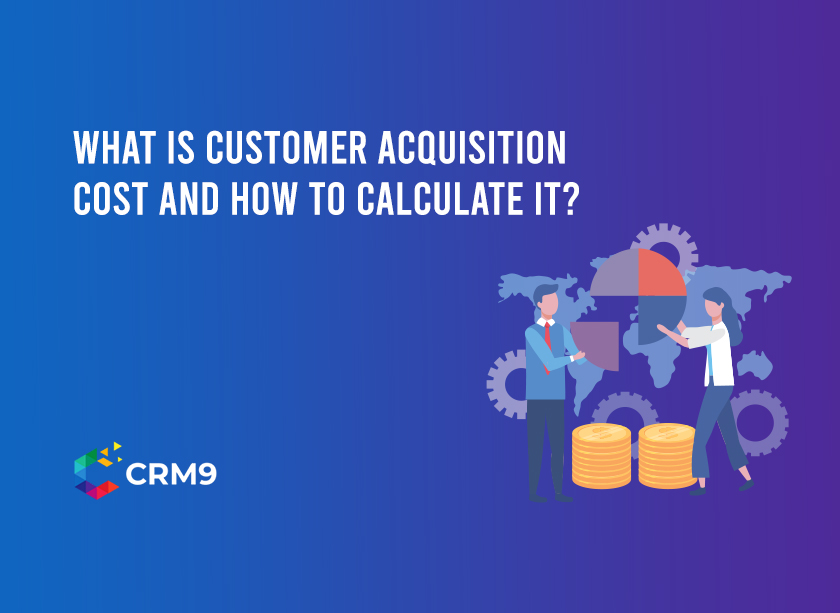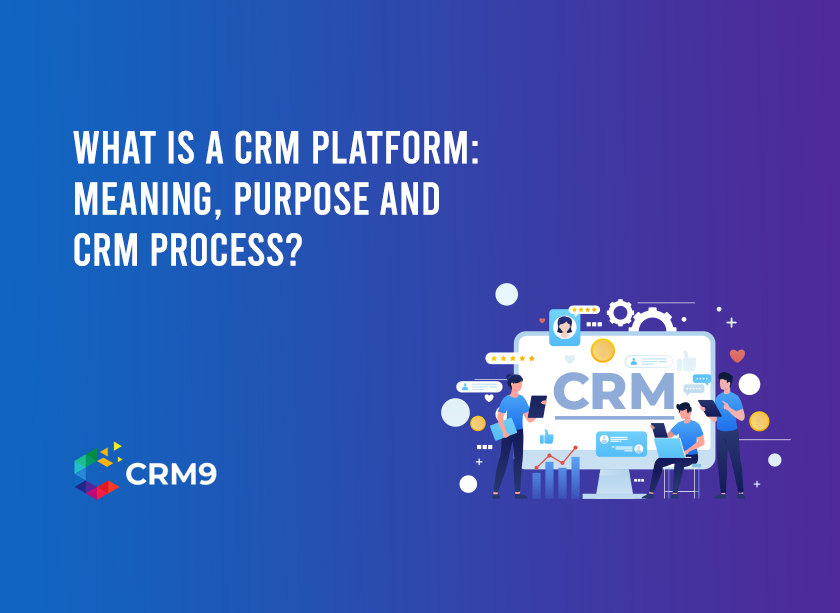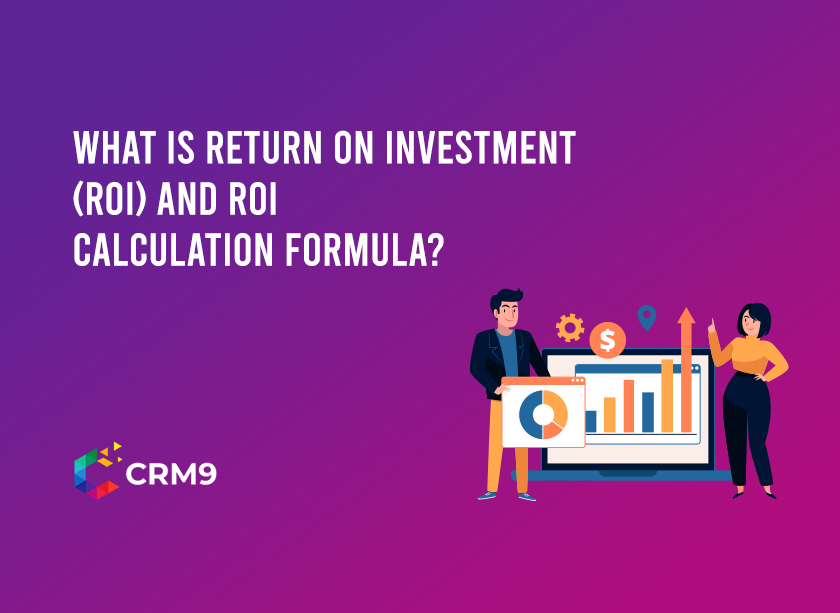Customer acquisition cost (CAC) is one of the most significant metrics that you cannot afford to overlook in case you are developing or growing a business. In simple terms, it will inform how much you are spending to win a new customer. However, this is the problem: most companies just do not understand. What is customer acquisition cost, and how do you calculate it properly, resulting in poor budgeting and resource wastage?
In this guide, the concept of what customer acquisition cost is, its importance, and how to calculate acquisition cost profitably are discussed. You will also get to know the correct acquisition cost formula and those factors that have the most effect on the acquisition cost.
What is Customer Acquisition Cost?
Customer Acquisition Cost (CAC) represents one of the measures of business that is used to calculate the overall cost of obtaining a new customer. It has all the expenses of marketing, advertising, salaries of the sales team, lead management tools, and software subscriptions, as well as overheads that are directly proportional in terms of attracting new clients.
Simply said, CAC is the cost of transforming a potential into a source of revenue. It makes you realize the amount of money your business has to incur before getting new revenue. As an example, if you spend a lot of money on digital advertising, influencer campaigns, commissioning salespeople, etc., all that money will be entered into your CAC.
Did you know?
As it has been found out, the cost of acquiring a new customer is five times higher than the cost of retaining a customer. This is why the optimization of CAC is essential in long-term profitability.
Importance of Customer Acquisition Cost (CAC)
Customer acquisition cost is not about reading how much you spend but making sure that all the investment you make is resulting in sustainable growth. With a close watch on CAC, you will be able to make better decisions concerning marketing, sales, and general business strategy. Here’s why it’s so important.
1. Improving ROI
All businesses desire their marketing and sales dollars to be more productive. CAC can be used to measure the effectiveness of campaigns in delivering a profit. In case one channel is too costly, you are able to redistribute the budget to more effective areas, increasing the overall ROI.
2. Improving Profit Margin
High cost of acquisition is a direct implication on your profits. The higher you cut CAC and do not suffer loss in sales, the higher the profit margin per customer. This is because you are not only increasing revenue, but you are also retaining more of it as a profit.
3. Improving Payback Period
The payback period is the duration of time that a customer needs to get their revenue to pay their acquisition costs. A reduced CAC reduces this cycle, resulting in a quicker recovery of the cash, a healthier cash flow, and an earlier opportunity to reinvest.
4. LTV/CAC Ratio
Lifetime Value (LTV) to define the CAC ratio is among the most crucial benchmarks. A healthy ratio is at least 3:1, i.e., the value that a customer can give to us is three times more than the cost of getting them. This kind of balance will ensure profitability and stability in the long run.
5. Budgeting & Forecasting
Knowing your formula for CAC enables the management to budget better. It gives realistic estimates of spending in the future, it assists in predicting the customer growth, and it aids in making a better judgment of the decision to scale operations.
6. Cash Flow Management
Every business survives on cash flow. Reduction of CAC opens up capital that can be utilized to increase customer experience, create new products or enter new markets. This enhances nimbleness in the short term and expansion in the long term.
Customer Acquisition Cost Formula
The meaning of customer acquisition cost and the formula is not difficult; however, it is a very important formula to know the cost that your business incurs to obtain one new customer. CAC assists firms in determining the efficiency of their marketing and sales plans, planning budgets in the most efficient way, and ensuring sustainable growth.
The formula is
CAC = Total Sales and Marketing Expenses/No. of New Customers Acquired.
Explanation:
- Total sales and marketing expenses involve all the money spent to obtain customers, including advertising expenses, salaries and commissions paid to the sales team, CRM, lead management, and client management systems, and other overheads that sustain marketing campaigns.
- Number of New Customers Acquired is a measure of the total number of paying customers acquired within the same period.
Pro Tip:
The CAC should be analyzed in conjunction with other important indicators such as CLV, churn rate, and conversion rate. They help to present the full picture of the health and growth opportunities of your business together.
How to Calculate Customer Acquisition Cost?
The customer acquisition cost (CAC) does not need to be calculated in a complicated manner. The effectiveness with which your business turns marketing and sales into paying customers can be determined with the assistance of several steps. Here’s a step-by-step guide.
Step 1: Add Up Sales and Marketing Costs
Start by summing up every cost associated with the procurement of new customers. This includes.
- Advertisement campaigns on online and offline platforms.
- Paychecks, commission, and bonuses for your sales and marketing departments.
- Software that facilitates customer acquisition, like contract management, proposal management, project management, CRM, and lead management systems.
- Any additional overheads that are directly related to customer attraction and conversion.
Step 2: Count the Number of New Customers Acquired
Establish the number of paying customers that were acquired in the same period. Here precision is of great essence, as the number of new customers will have a direct bearing on your CAC calculation. To illustrate, in case you had spent 50,000 in Q1 and have acquired 500 new customers, then you will have this number in the next step.
Step 3: Apply the CAC Formula
CAC = Total Sales and Marketing Expenses/No. of New Customers Acquired.
CAC = 50000/500 = 100
The result of this formula is easily calculated into a numerical figure of CAC, which allows you to appreciate the cost-efficiency of your acquisition strategies.
Example of Customer Acquisition Cost
An example of a SaaS company in India will be taken. The company also invests in such tools as lead management software, invoice and estimate software, tracking team log activity, and proposal management software to make the sales process as smooth as possible and attract new clients.
- Marketing and sales expenditure: 960,000 per quarter.
- New customers acquired: 800
Based on the formula of customer acquisition cost:
CAC = Total Sales and Marketing Expenses/No. of New Customers Acquired.
CAC = 960000 / 800 = 1200
This means that it costs 1200 rupees to acquire a new customer by the company. Regular CAC monitoring can help business enterprises to evaluate the ROI of all marketing channels and make budgetary adjustments. Using the example, once a certain campaign or software produces a high-quality lead at a lower CAC, the boost in the investment on the channel will result in the overall performance.
Which Factors Affect CAC Calculation the Most?
Customer acquisition cost (CAC) is not always the same. A number of internal and external factors can greatly determine the high or low CAC. Comprehending these aspects will enable companies to make strategic changes in order to optimize expenditure and maximize value.
1. Marketing Channel Efficiency
The various marketing channels are associated with diverse costs. It is estimated that the market size of the customer acquisition tool will reach USD 8.5 billion in 2024 and USD 16.3 billion in 2033, with the CAGR of 8.1% between 2026 and 2033. Conducting and evaluating channel performance with time can enable you to narrow on the most suitable channels that are cost-effective, hence lowering CAC
2. Marketing Expenses and Strategy
Expenditures that are not guided by a good audience increase the cost of acquisition. Proper campaigns that include clear customer groups, personalized messages, and optimal location of ads are much more productive. Efficiency in budgets in the campaigns means increased ROI and reduced CAC.
3. Product Pricing
CAC is directly proportional to the price of your product. A higher CAC can be justified by higher-priced products since the revenue per customer will be higher. When it comes to low-ticket things, it is important to ensure control of the acquisition cost to ensure that no profitability is washed away.
4. Customer Lifetime Value (CLV)
Having a high CLV enables the businesses to pay a much higher CAC. In the case of a subscription-based or recurrent revenue model, the initial cost of acquisition may be increased because long-term revenue compensates for the initial expenditure. A balance between CAC and CLV will guarantee sustainable growth and profitability.
5. Industry and Competition
Southern industries, like SaaS, fintech, or eCommerce, imply greater CAC as they inherently involve high rivalry, rivalry in the bidding wars in online advertisements, and aggressive selling strategies. You may want to understand your benchmark in the industry, which can allow you to set good CAC goals.
6. Economic Conditions
CAC is also subject to broader economic trends. When markets are in recession, customers are wary and conversion rates are reduced, increasing the cost of acquiring. On the other hand, during boom economic times, consumers are more receptive, which increases the campaign performance and reduces CAC.
Conclusion
One of the most important business metrics is Customer Acquisition Cost (CAC). It informs you of the effectiveness with which your company uses its sales and marketing spending to remunerate customers. Managing the factors affecting CAC will increase the ROI, allow you to better manage budgets, and realize sustainable growth by tracking CAC. It is not only necessary to compute CAC but also to take it as a guide to make more prudent marketing, financial, and operational CAC decisions.
Related Reads
- Sales Organization Structure: Types, Purpose & Hierarchy Explained
- What is Sales? Sales Meaning, Types, and Importance Explained (2025 Guide)
- Sales Analysis Explained: A Complete Guide to Sales Data and Trends
- Inbound vs Outbound Sales | Difference, Meaning & Strategies Explained 2025
- What is a Sales Plan? Process, Strategy & Templates Explained
- Inside Sales Explained: Meaning, Key Roles, and Responsibilities
- Sales Report: Easy Steps, Benefits & Excel Tips for Success
- What is Return on Investment (ROI) and ROI Calculation Formula in 2025?
Customer Acquisition Cost: FAQs
CAC is an acronym for Customer Acquisition Cost, which is the aggregate cost of acquiring a new customer.
The cost of acquisition may mean the cost of acquiring any property or resource, but customer acquisition cost, more specifically, is the cost of acquiring a new customer.
CAC is the average price you need to incur to turn a prospect into a paying customer in marketing. It assists in determining the performance of campaigns.
You input your total marketing and sales expenses and the number of new customers acquired. The calculator applies the CAC formula automatically to give you accurate results.
Yes. When your business incurs 75,000 on marketing and obtains 500 customers in a single quarter, then your CAC is 150
CAC = 75000/500 = 150
This translates to an average cost of purchasing a new customer of 150₹.


